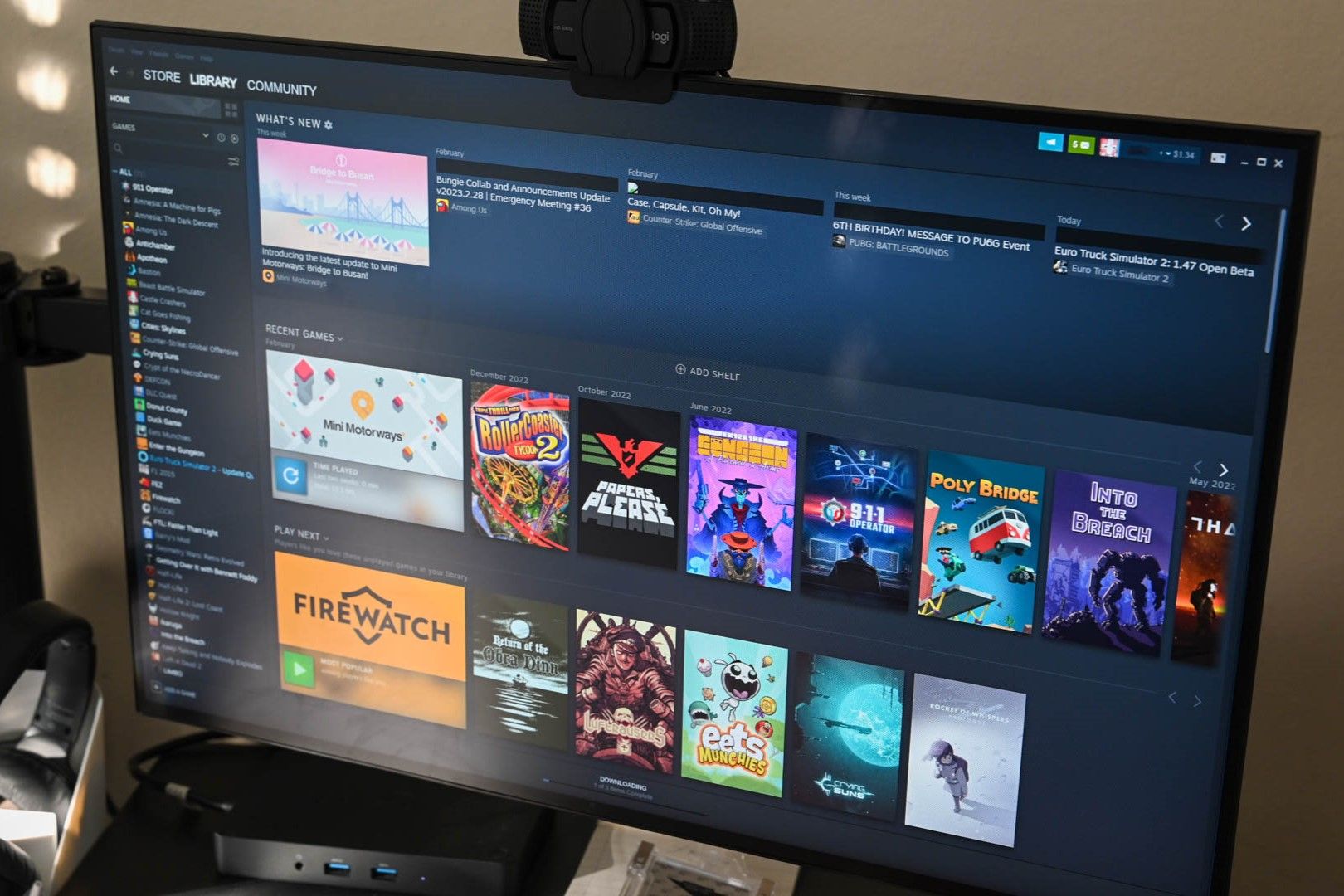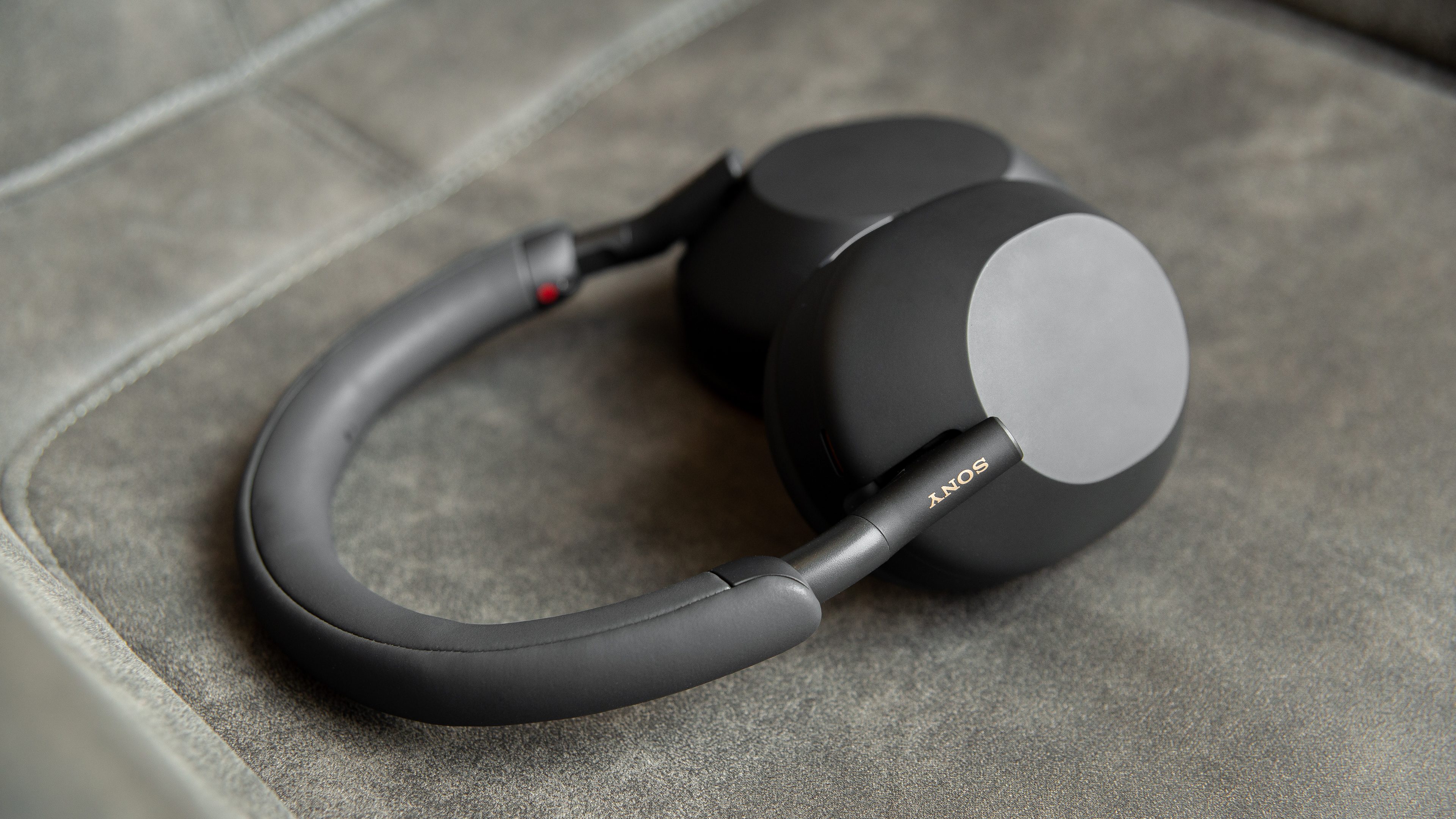
You may be thinking that you’d like an AirTag, or you may be considering giving one as a gift, but before you go ahead and buy one you’ll probably be wondering just what you are going to use the AirTag for.
There are the obvious things like attaching one to your car keys so you won’t mislay them, or sticking one in your car so that you can find it in a car park. You could also attach them to your luggage so you can find it quickly when it comes off the carousel–although it’s not actually going to make it appear any quicker. But what other uses are there?
Here are thirteen different scenarios where you might want to use an AirTag.
Read our AirTag review for more information about how they actually work.
Fit an AirTag to your dog’s collar
As long as you can find a collar that will fit an AirTag you should be able to attach one to your dog.
Since Apple introduced AirTags manufacturers have leapt at the opportunity to design animal collars that can fit an AirTag. There are lots of AirTag dog collars on Amazon U.S. and Amazon U.K.
Alternatively, any AirTag keyring attachment could work if you attach it to the collar. If your dog loves to jump in dirty water you can rest assured that the AirTag is water-resistant to IP67 (so it should survive in a meter of water for half an hour), but for additional protection the OtterBox Rugged Series Passport Case ($19.95 from Apple US and £17.95 from Apple UK) could be a good option.
Fit an AirTag to your cat’s collar
Similarly, you could fit an AirTag to your cat if you are curious about where it goes day and night. Perhaps it will show where its true loyalties lie (your neighbor’s house).
There are lots of cat collars that feature an AirTag case on Amazon U.S. and Amazon U.K.
Attach an AirTag to your child
It’s understandable that some parents will be considering an AirTag as a means of keeping tabs on their children. You could slip one into a bag or a coat pocket and have peace of mind that you know where your child is (or at least they won’t lose their coat for a third time!)
Just beware that there may be times when the signal from the AirTag isn’t picked up, which could cause unnecessary worry. The AirTag relies on a network of Bluetooth devices including iPhones and Macs, but in schools where there shouldn’t be so many devices there may well be times when the AirTag is away from the Find My network. We’d also suggest that you should ask for your child’s consent to being tracked.
Your child’s teacher may also find their iPhone indicates that an unknown AirTag is moving with them, raising AirTag stalking concerns. This is the main reason we wouldn’t suggest using an AirTag to track your child.
(Don’t) Attach an AirTag to your spouse
Attaching an AirTag to anyone–your husband, wife, partner or friend– would clearly be an invasion of their privacy (unless of course you had asked their permission, and perhaps they were also tagging you as well).
A better solution would be to use the Find My app, which lets you track people via their iPhones – as long as they give their consent.
If you open the Find My app, and click on People you can choose to Share My Location to one of your contacts. You can choose to Share for One Hour, Share Until End of Day, or Share Indefinitely. That person will receive an alert that you are sharing your location with them and they can choose whether to approve it.
Another simple way to track someone, with their permission, is to use the Messages app. To make your own iPhone trackable follow these steps:
- Go to Messages and tap on a conversation with the person you want to track you.
- Tap on their info at the top of the chat.
- Tap on Share My Location.
- Choose either For 1 hour, Until End of Day, or Indefinitely.
Now just ask them to return the favor by doing these steps on their device. You’ll always know where they are. See: How to share your location on your iPhone.
If you are concerned that your spouse might use an AirTag to track you, you will be glad to learn any AirTag that isn’t registered to you should see an “AirTag Found Moving With You” message on your iPhone (if you have one). In addition, as long as the AirTag owner doesn’t live in the house you return to every night, the AirTag should also eventually play a sound.
Use an AirTag to track someone with special needs or an elderly relative
This is similar to the cases above. You should obviously ask their permission, or if they are unable to give it, someone who has that authority. It is understandable that people might want to track an elderly relative with dementia or anyone who might get confused when away from home. As with the example above, it they have an iPhone they will receive a notification that an AirTag is with them, and if they are away from you for more than three days the tag will start to make a noise. The latter would make this an unsuitable solution if the person you are trying to protect doesn’t live with you.
Just like the example above though you don’t need an AirTag to track them. If they have an iPhone with them you can track via the Messages app, or use Find My.
It’s not only people you might be thinking about tracking though. The more obvious reason to buy a tracker like the AirTag is to track those items you are always mislaying, like your car keys, your bag, or the TV remote. Here are some of our suggestions:
AirTag the remote control
If you regularly lose the TV remote control you could get an AirTag and stick it to the bottom of the Remote. Sure it won’t look brilliant, but it’s better than turning the house upside down looking for it. This could also apply to games controllers or even the Switch itself.
To find the missing device you could use Precision Finding if you have an iPhone 11 or later. Precision Finding will give you directions to the AirTag to help you locate it. This should help you find the device, but there are limitations: the maximum range of Bluetooth is about 100 meters and the range of Ultra Wideband technology, that also features in the AirTag, is about 80 meters.
A colleague said that their AirTag was only picked up for Precision Finding via their iPhone when they were about three meters away. With this in mind, we’d recommend getting the AirTag to play a sound rather than trying to locate it this way, but the technology is improving.
Pop an AirTag in your wallet or bag
As long as your wallet isn’t really skinny you should be able to stick an AirTag inside, either where you keep your coins or inside one of the card sections. You will never lose your wallet again!
Having an AirTag in your bag and your wallet might be overkill, but if your wallet tends to live in your bag you might as well pop an AirTag inside the bag instead. Not only will you never lose a bag again, your bag will be tracked if it is stolen–although we would deter you from going after it if it is stolen.

Add an AirTag to your luggage
Avoid losing your luggage at the airport by packing an AirTag. There may be a bundle of bags at luggage claim but you’ll be able to find yours easily. And equally, if your bag goes walkies you’ll be able to track it down (hopefully it’ll be in the same country as you).
We explain what you need to know about How to track bags and luggage with AirTags separately.
Attach an AirTag to favourite toys (carefully)
There are few things worse than losing a favourite teddy if you are four, or any age for that matter. While you should beware that AirTag could pose a choking hazard, if you can conceal an AirTag somewhere inside the toy it could avert a tragedy. Just don’t forget that there is an AirTag inside teddy before sticking him in the washing machine!
Attach an AirTag to your keys
This is undoubtedly the most obvious use for an AirTag. Luckily there are lots of AirTag keyrings available–check out our round up of the best AirTag keyrings and cases for our recommendations If you have an AirTag on your keyring you will never lose your keys, or the bag or coat they are sitting in.
Leave an AirTag in your car
If you are anything like us finding your car in a car park can be a challenge. It needn’t be: just place an AirTag inside your car and you should be able to use your iPhone to locate it. The Find My app should show you a map that gives you a rough idea of where the AirTag is located and if you want directions it will boot you into the Maps app to help you locate it. For more precise directions you could use Precision Finding to locate your AirTag. Precision Finding quite possibly won’t work as well for you in a carpark though because of the range limitations (Bluetooth range is about 100 meters, Ultra Wideband technology range is about 80 meters). So this may not help you find your car if you aren’t already standing near it.
Keep an AirTag on your bike
Adding an AirTag to your bike may be attractive for the same reason–even better if the presence of the AirTag deters thieves from stealing it.
Track a thief with an AirTag
Putting an AirTag inside anything of value that you would want to recover if it was stolen is be a good idea–as long as you exercise some caution and don’t go rushing off to confront thieves. Having an AirTag in your car or inside your handbag may enable you to track if it is stolen and the location information would certainly be useful to the police when trying to find the perpetrator, but we don’t suggest that you go after them yourself! Don’t put yourself in any danger!
AirTag limits
The only limit is that you can only have 16 AirTags associated with your Apple ID, so don’t get to carried away tagging your belongings.
If you’d like to learn more check out our guide to AirTags.
You can buy an AirTag from Apple for $29/£35, or a pack of four costs $99/£119. You’ll see the best deals right now below:

$27.99

$29

$29

$29

$29

$29.99
Apple AirTag (1 Pack)
$29






